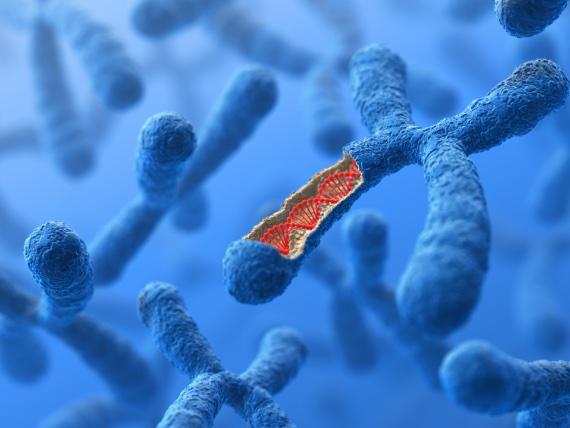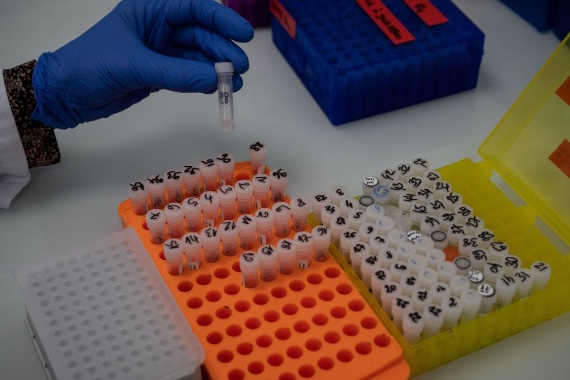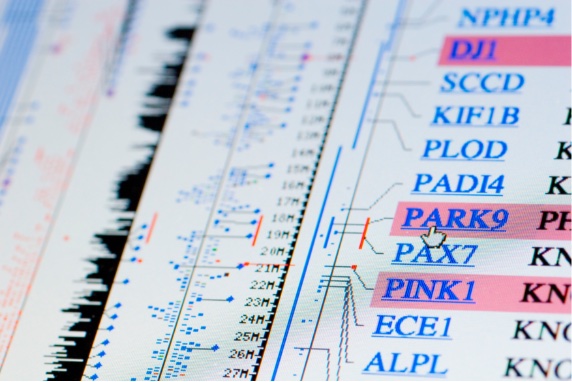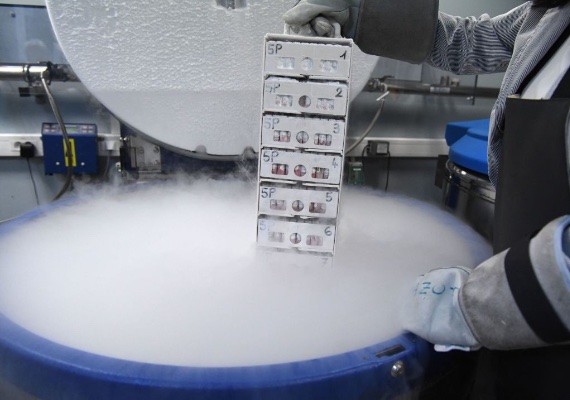If we talk about genetic illnesses, many people will associate this with so-called rare diseases. The vast majority will think that this is not something that affects them directly, as they are fortunate enough not to suffer from any of them and have no family history of them. In reality, not only are rare diseases much more abundant than is generally believed, but the role of genes in health and disease is also much more profound than is commonly thought: according to the US National Institutes of Health, “we are learning that nearly all diseases have a genetic component.” Not only major scourges such as cancer, neurodegenerative diseases and cardiovascular disease, but even our response to infection may also depend on our genes. The problem is that we still don’t know as much as we would like to.

The vast majority of people would probably find it difficult to name more than four or five rare diseases: cystic fibrosis, muscular dystrophy, haemophilia, phenylketonuria, thalassaemia… But there are thousands of them, so many that there is not even an agreed figure: the World Health Organisation (WHO) lists around 5,500 rare diseases, but the rare disease website Orphanet puts the figure at between six and seven thousand. Every year, about 250 new genetic variants associated with diseases are discovered. In Europe, diseases are considered rare if they affect one in 2,000 people, although this criterion varies elsewhere. The result of these large numbers is that, according to one estimate, one in 17 individuals in the world are affected by a rare disease. This adds up to more than 400 million people: rare diseases are actually a very common problem.
Not all rare diseases are genetic—around 80% are—but many of the others may also have an as yet unknown genetic origin. Of those caused by genes, the best known are generally monogenic diseases, those caused by a change in a single gene. More than 4,000 genes have been identified as being associated with such diseases. Examples include Huntington’s disease, phenylketonuria, Duchenne muscular dystrophy and cystic fibrosis. These diseases have the simplest traceability of inheritance because they are Mendelian, i.e. they follow the laws discovered by the father of genetics, Gregor Mendel.

They are dominant when only one altered copy of the gene on the pair of homologous chromosomes is sufficient to cause the disease; if the other healthy copy can compensate for the defect, the disease is recessive, and only appears if both copies are altered. In turn, diseases can be autosomal if the gene is located on one of the so-called chromosomes, the 22 that are inherited in pairs from the father and mother; or they can be sex-linked if the gene belongs to the X or, more rarely, the Y sex chromosome. In rare cases the defect is in the mitochondrial DNA, which is found in the mitochondria, the powerhouses of cells.
A second easily identifiable case is that of chromosomal abnormalities, such as Down syndrome, in which there is an extra copy of chromosome 21. But the third category is more complex: these are polygenic diseases, in which there is an interaction of various genetic factors that does not respond to Mendelian inheritance. They are the most common, and therefore the least likely to fall into the field of rare diseases. From certain types of cancer and heart disease to diabetes and autoimmune disorders such as multiple sclerosis, there are a myriad of diseases that have at least a partial origin in a set of genetic factors, possibly modulated by other environmental factors—such as diet—that can also act on genes through epigenetic effects, chemical modifications of DNA that do not alter its sequence.

The difficulty of understanding the origin of these disorders is illustrated by an example: autism spectrum disorders (ASD) are associated with a 74%-93% heritable risk, and hundreds of possible genes involved have been discovered; however, each of these genes individually appears in only 1% or less of cases. Since the sequencing of the human genome opened the door to understanding it, thousands of disease-associated genes have been identified. The OMIM (Online Mendelian Inheritance in Man) database, an online catalogue of human genes and genetic disorders, lists more than 7,000 conditions with a known genetic basis, including susceptibility to cancers such as breast cancer through variants in the BRCA genes, or Alzheimer’s disease through the APOE genes. These risk variants can be identified through genetic testing.
Genetic variants can even influence our response to infection: a classic case is resistance to malaria in people with sickle cell anaemia, but research is uncovering more and more genes involved in susceptibility to infections such as tuberculosis, viral hepatitis, AIDS or COVID-19.

However, the sheer number of genetic variants involved in many diseases means that it is not yet possible to determine the future of our health through genetic analysis; moreover, the mutations responsible are not only inherited from parent to child, but can also appear de novo in a person’s genome. Only if they are present in gametes will they be passed on to offspring, but those that arise in somatic cells can be a source of disease. In short, as a review on the genetic basis of disease points out, “our genetic constitution plays a role, to a greater or lesser extent, in all disease processes, including common disorders, as a consequence of the multitude of differences in our DNA.”
Comments on this publication